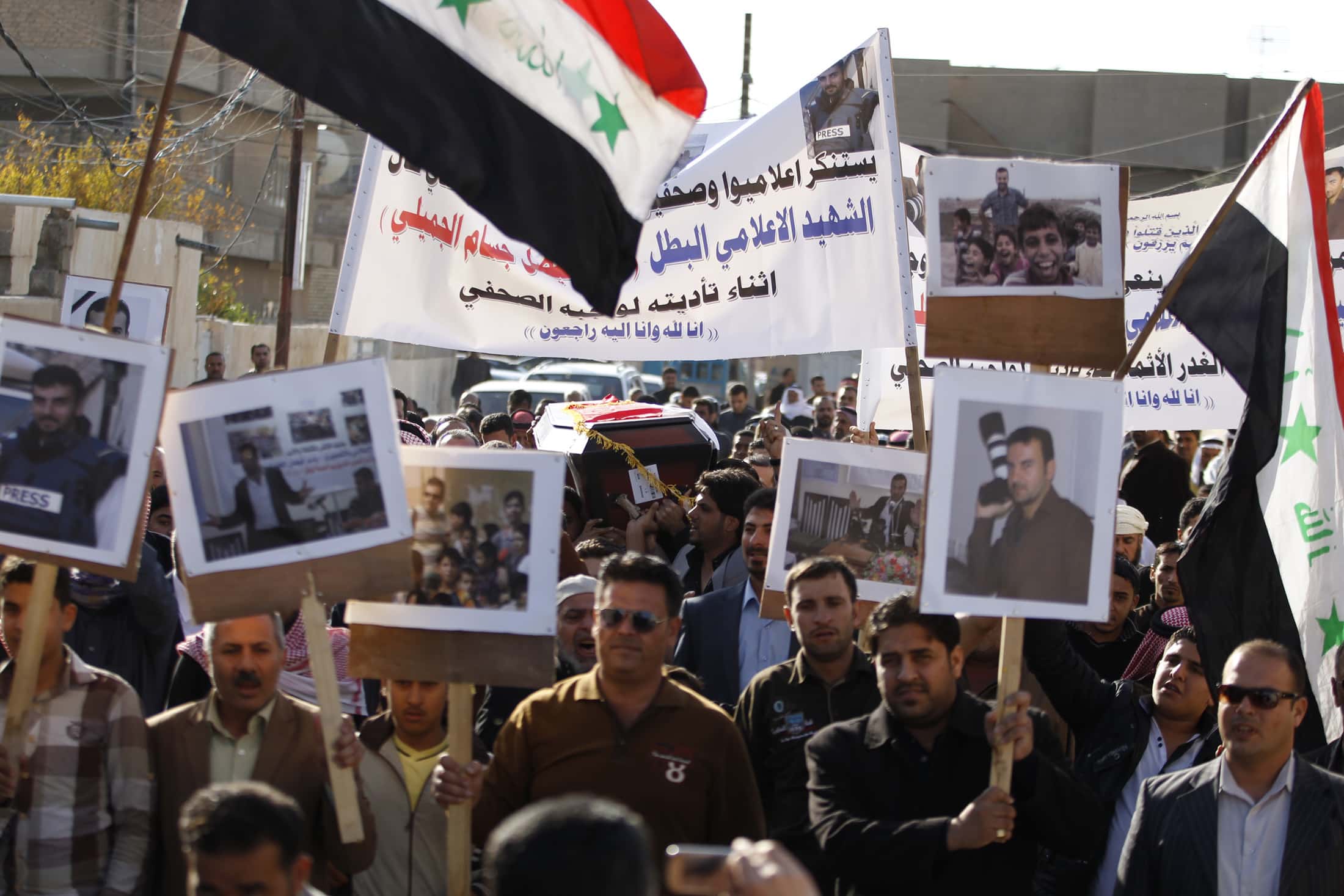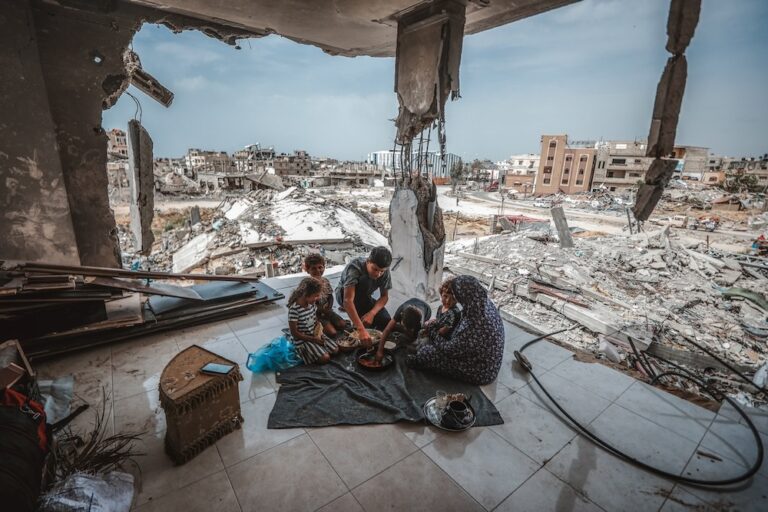2013 witnessed the killing of 105 journalists and media workers across the world, according to IFJ's report. Tragically, the Asia Pacific region was the deadliest - with 29% of the worldwide killings.
2013 witnessed the killing of 105 journalists and media workers across the world. Tragically, the Asia Pacific region was the deadliest – with 29% of the worldwide killings.
The newly released report titled In Mortal Danger: Journalist & Media Staff Killed in 2013 documents the precarious and often brutal situation for media workers reporting in areas of conflict, war and political unrest.
Released by the International Federation of Journalists (IFJ) this week, it provides information on the 105 journalists and media staff who lost their lives in targeted attacks, bomb attacks and other cross fire incidents during the year and also contains reporting on the 15 accidental deaths recorded.
“Journalists write the first page of history, they put themselves on the front line in order to tell the stories of the world, to the world,” the IFJ said.
Nations such as Pakistan (10 deaths), Syria (15), Iraq (13) and the Philippines (10) stand out as areas of huge concern. In each of these nations, targeted killings of journalists and government inaction to find perpetrators continues to foster a dire culture of impunity.
In the Philippines, drive-by killings and shooting murders are the mechanism to silence journalists who challenge or expose the powerful and the corrupt, whereas in Pakistan and Iraq journalists are predominantly killed by targeted bomb blasts.
Tragically, in the Philippines Typhoon Yolanda also dealt a deadly blow to the media community, wiping out local radio and TV networks and killing at least four media workers.
According to the IFJ, a further concerning trend in 2013 was the rise in journalists killed in India, largely in mob-related violence and direct physical attacks, including the stabbing murder of three media workers by contract killers in the north-eastern Indian state of Tripura. Coupled with this has been the increased reporting of sexual harassment and gender-based violence including the rape of a photojournalist in Mumbai in August.
2013’s tragic global death toll illustrates a dire picture for so many media workers across the world. The figures for the Asia Pacific region in particular raise huge concerns about environments where threat and intimidation are a part of life for journalists, where self-censorship becomes a means to survival and where governments turn a blind eye.
“The media death toll of 2013 confirms the abject failure of governments to hold accountable those who are responsible for violence against journalists, which has entrenched the culture of impunity for attacks on media professionals,” the IFJ said.
“There is an urgent need for governments to protect and enforce journalists’ basic right to life. Governments across the world must take drastic action to stem the bloodbath in media.”



